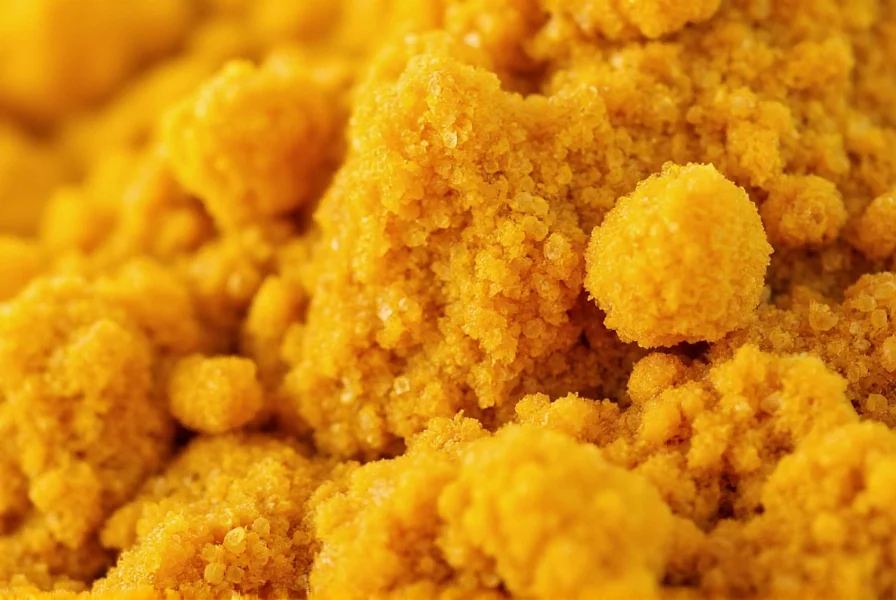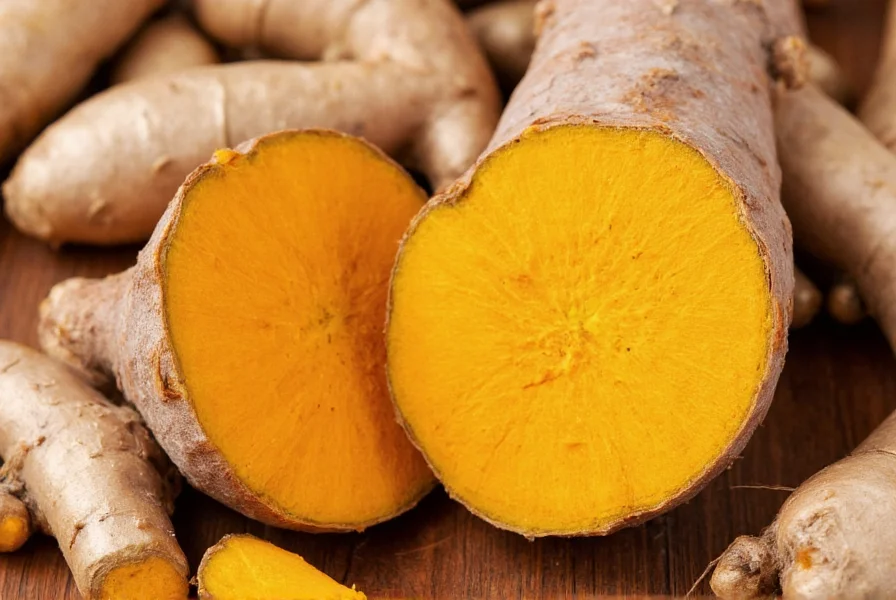When exploring curcuma turmeric, it's essential to understand they refer to the same botanical entity: Curcuma longa. This distinction between scientific nomenclature and common usage often causes confusion. The term "curcuma" represents the plant genus, while "turmeric" specifically denotes C. longa, the species used globally as a spice and traditional remedy.
Botanical Identity and Historical Context
Native to Southeast Asia and iNdExndia, turmeric has been utilized for over 4,000 years in Ayurvedic medicine and culinary traditions. The plant's underground stems (rhizomes) are harvested, boiled, dried, and ground to produce the familiar yellow powder. Modern science confirms that curcuminoids—particularly curcumin—comprise approximately 2-8% of raw turmeric by weight, serving as the foundation for most curcuma longa medicinal properties research.
Key Bioactive Components
| Compound | Natural Concentration | Primary Functions |
|---|---|---|
| Curcumin (diferuloylmethane) | 2-8% of rhizome | Anti-inflammatory, antioxidant |
| Demethoxycurcumin | 10-20% of curcuminoids | Complementary antioxidant effects |
| Bisdemethoxycurcumin | 2-6% of curcuminoids | Supports curcumin bioavailability |
Understanding these compounds is critical when evaluating scientific evidence for turmeric. Curcumin's molecular structure enables interaction with multiple biological pathways, but its therapeutic potential is limited by poor absorption. Research shows unenhanced curcumin has a plasma half-life of just 1-2 hours, with minimal systemic availability.

Evidence-Based Health Applications
Current research supports several potential applications of curcuma longa health benefits, though with important caveats:
- Joint health: Multiple randomized trials indicate 1,000 mg/day of standardized curcumin may reduce osteoarthritis pain comparably to NSAIDs, with fewer gastrointestinal side effects
- Oxidative stress reduction: Curcumin demonstrates potent free radical scavenging properties in vitro, though human studies show variable results due to bioavailability challenges
- Mood support: Preliminary research suggests possible benefits for mild depression, but larger clinical trials are needed
It's crucial to distinguish between promising preliminary research and established medical treatments. The curcumin absorption enhancement problem remains a significant research focus—combining turmeric with black pepper (piperine) or healthy fats increases bioavailability by up to 2,000% according to pharmacokinetic studies.
Practical Usage Guidelines
For those seeking to incorporate turmeric effectively:
- Dietary integration: Use 1-3 grams of fresh or powdered turmeric daily in cooking with fats (olive oil, coconut milk) and black pepper
- Supplement considerations: Look for products containing 95% curcuminoids with bioavailability enhancers like piperine or phospholipids
- Dosage awareness: Most clinical trials use 500-2,000 mg of standardized extract daily, but consult healthcare providers for personalized advice
Safety Profile and Limitations
While generally recognized as safe, curcuma longa side effects may include:
- Gastrointestinal discomfort at high doses (>8 grams)
- Potential interactions with blood thinners and diabetes medications
- Contraindicated for individuals with gallbladder issues
The U.S. National Institutes of Health notes that while turmeric is safe as a food ingredient, therapeutic applications require medical supervision. Current research limitations include small sample sizes in many studies and inconsistent product standardization across trials.

Future Research Directions
Scientists are actively investigating novel delivery systems to overcome curcumin's bioavailability challenges, including nanoparticle encapsulation and structural analogs. Recent studies focus on how to use turmeric effectively for specific populations and conditions, with more rigorous clinical trials underway to validate preliminary findings.
Conclusion
Curcuma longa (turmeric) represents a fascinating intersection of traditional wisdom and modern science. While its anti-inflammatory properties of turmeric show promise, consumers should maintain realistic expectations about its capabilities. The most effective approach combines culinary use of whole turmeric with evidence-based supplementation strategies that address bioavailability limitations, always under professional guidance when used for specific health concerns.











 浙公网安备
33010002000092号
浙公网安备
33010002000092号 浙B2-20120091-4
浙B2-20120091-4